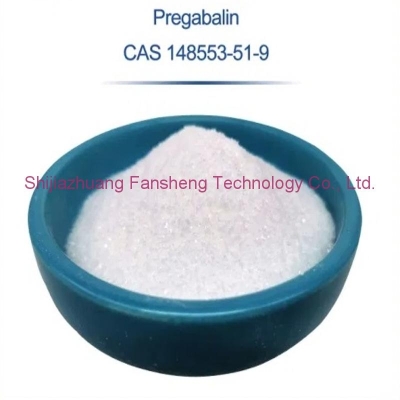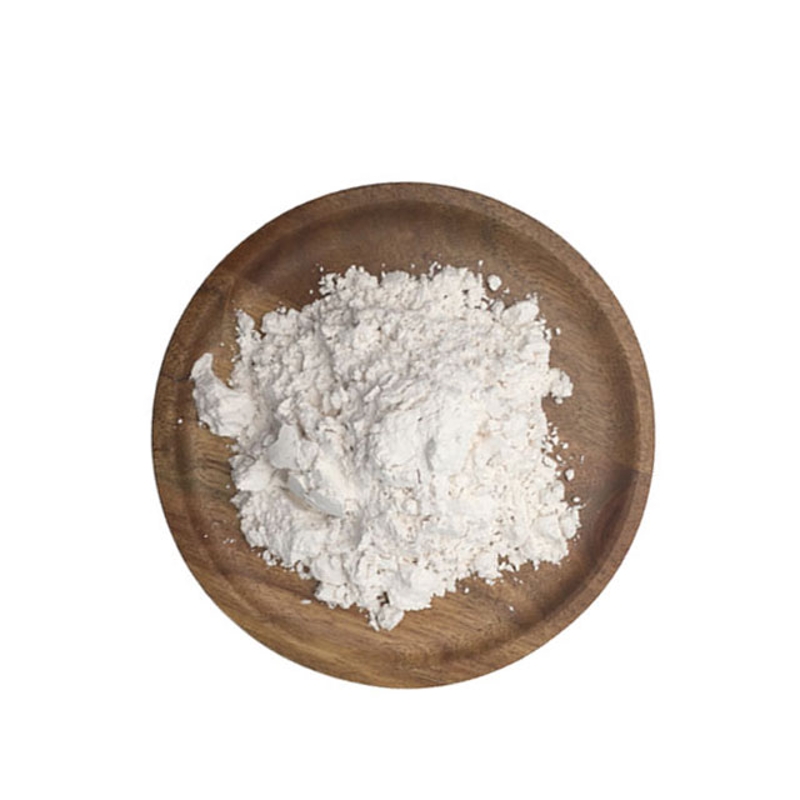-
Categories
-
Pharmaceutical Intermediates
-
Active Pharmaceutical Ingredients
-
Food Additives
- Industrial Coatings
- Agrochemicals
- Dyes and Pigments
- Surfactant
- Flavors and Fragrances
- Chemical Reagents
- Catalyst and Auxiliary
- Natural Products
- Inorganic Chemistry
-
Organic Chemistry
-
Biochemical Engineering
- Analytical Chemistry
- Cosmetic Ingredient
-
Pharmaceutical Intermediates
Promotion
ECHEMI Mall
Wholesale
Weekly Price
Exhibition
News
-
Trade Service
Guam Amyotrophy Lateral Sclerosis/Parkinson's Dementia Syndrome (ALS/PDC) is an aggressive neurodegenerative disease characterized by a variety of neurons and glial tau pathology.
to assess tau star-shaped glial cytopathy (ARTAG) associated with aging, we examined a sample set from the University of Pennsylvania CNDR.
: The samples included 33 cases of frontal lobe, top lobe, temporal lobe and pillow leaf cortical layer, 13 cases of hippocupial body and 30 cases of spinal cord samples.
used anti-tau antibodies PHF-1 and AT8 to assess the amount of paraffin encased in formarin.
In addition to neurons and less protrusive glial tau pathology, we have also observed astrological glial cell tau pathology, reminiscent of particles/fuzzy astrological glial cells (GFAs) in gray matter ARTAG.
, under soft membranes and white ratchet-shaped astrogenic glial cells (TSAs) and gray GFAs were observed.
21 of the 33 patients (63%, 2 control, 14 PDC, 5 no clinical division; with a medium age of 69 years and a range of 55-93 years) showed diffuse TSAs along the cortical surface in one or more cortical regions.
14 of the 21 cases (66%) had white TSAs in the same area.
in the frontal lobe (23 areas for examination, n=14, 60.8%), temporal lobes (12/26;46%), top lobes (7/17; 41.1%) and pillow corties (1/11;9%) are visible under the pillow TSA.
1 case (73-year-old female PDC patient) showed diffuse sub-membrane TSAs in all four cortical regions (available in 8 regions).
3 PDCs showed that the frontal lobe, temporal lobe, and top lobe corties were affected, and the frontal, temporal, and temporal lobe corties were each 2 (PDCs).
5 of the 12 cases in which TSAs accumulated deep in the trench were in the temporal lobe, 1/14 (7%) in the frontal lobe, and 1/7 (14%) in the top lobe cort.
one 69-year-old patient's frontal and temporal lobe cortical corticals, as well as two other cases of temporal cortical corticals (one for an 80-year-old woman and one for a 75-year-old male), found more plaque-like build-ups of astrical cell tau inclusions in the gray matter at the depth of the brain ditch.
, however, there is a lack of neuron tau pathological changes around blood vessels in the deep part of the ditch.
, it is important to highlight the lack of reinforcement around the neuron tau deep in the brain ditch of TSAs that we have noticed.
verbat from the current definition of CTE pathology does not allow us to use CTE as a neuropathological diagnostic entity in our queue.
because our study lacks a standardized questionnaire on head injuries, we cannot rule out that some form of traumatic brain injury contributes to this pathology.
the presence of under-membrane TSAs deep in the cortic grooves of CTE and Guam-PDC, which are less common in the aging brain, may suggest common mechanisms.
Kovacs, G.G., Robinson, J.L., Perl, D.P. et al. Thorn-shaped astrocytes in the depth of the cortical sulci in Western Pacific ALS/Parkinsonism-Dementia complex. Acta Neuropathol 140, 591-593 (2020). MedSci Original Source: MedSci Original Copyright Notice: All text, images and audio and video materials on this website that indicate "Source: Mets Medicine" or "Source: MedSci Originals" are owned by Mets Medicine and are not authorized to be reproduced by any media, website or individual, and are authorized to be reproduced with the words "Source: Mets Medicine".
all reprinted articles on this website are for the purpose of transmitting more information and clearly indicate the source and author, and media or individuals who do not wish to be reproduced may contact us and we will delete them immediately.
reproduce content at the same time does not represent the position of this site.
leave a message here.







